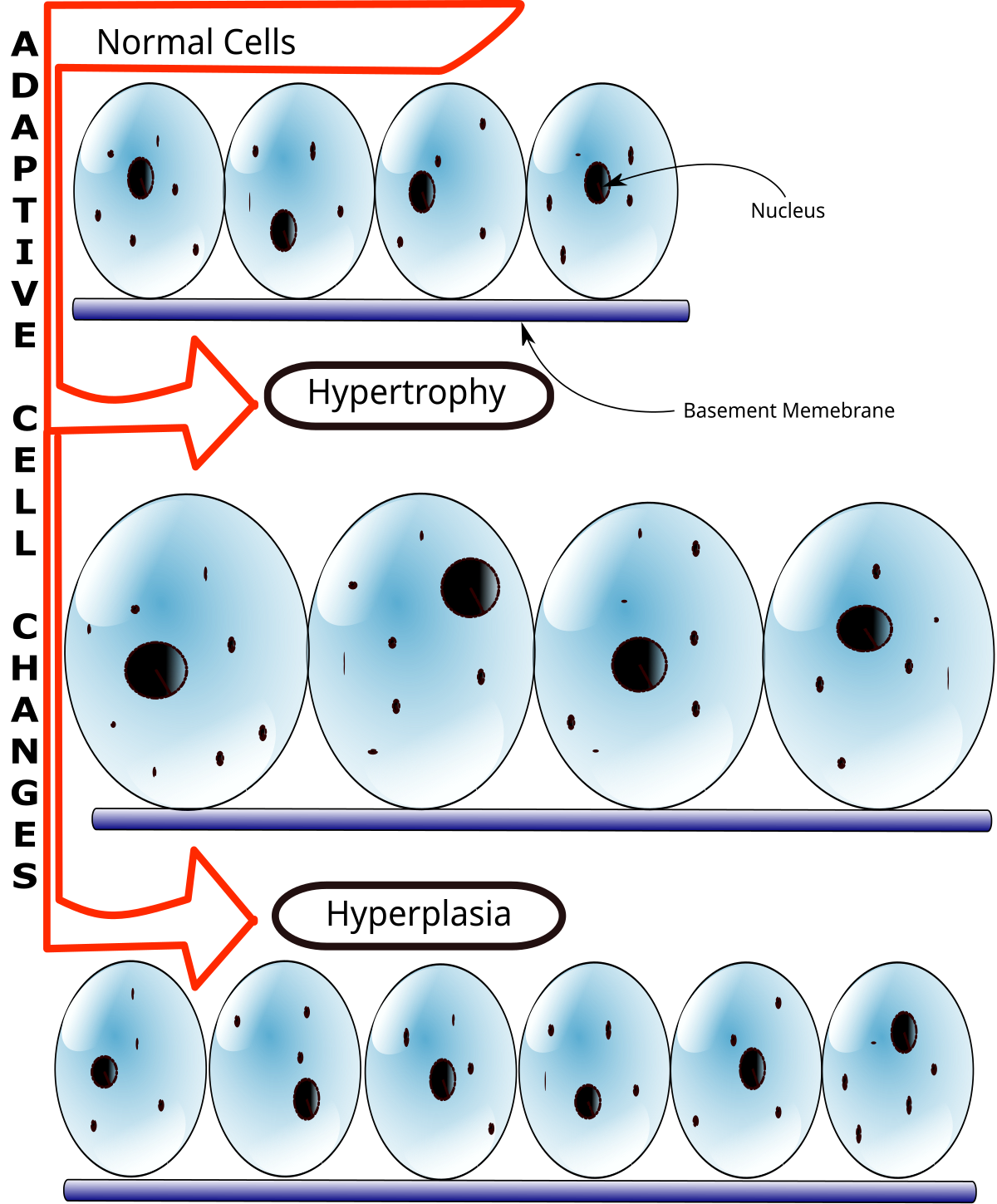When it comes to bodybuilding, muscle growth—or hypertrophy—is the ultimate goal. But achieving maximum hypertrophy requires more than just lifting weights. It involves understanding the science behind muscle growth, optimizing your training strategies, and ensuring proper recovery. In this post, we will break down the key principles of hypertrophy and how to structure your training to achieve the best possible results.
The Basics of Hypertrophy: How Muscles Grow
Muscle growth occurs when the fibers in your muscles experience small tears or damage due to intense resistance training. When your body repairs these fibers, they grow back thicker and stronger. This process is known as muscle hypertrophy.
For hypertrophy to occur, two key factors are involved:
- Mechanical Tension: This is created by lifting heavy weights or using resistance in a way that places a significant load on the muscle. The more tension you create during a set, the more stress is placed on the muscle fibers, prompting growth.
- Metabolic Stress: This refers to the "burn" you feel during a workout, often associated with higher repetitions and shorter rest periods. This type of training causes a build-up of metabolites, like lactic acid, which triggers growth pathways in the muscle.
The Role of Progressive Overload in Building Muscle
Progressive overload is the foundation of muscle growth. To continue building muscle, you must progressively increase the demands on your body by either:
- Increasing the weight you lift.
- Increasing the number of sets or reps you perform.
- Decreasing rest time between sets.
- Changing exercises to target the muscle in different ways.
Each of these methods increases the challenge for your muscles, forcing them to adapt and grow stronger. Without progressive overload, your muscles won’t experience enough stimulus to continue growing.
The Best Rep Range for Hypertrophy
While there’s no magic number for reps that guarantees maximum muscle growth, research suggests that a moderate rep range—typically 6 to 12 reps per set—is ideal for hypertrophy. This range provides a balance between mechanical tension and metabolic stress, which are both necessary for muscle growth. However, you should vary your rep ranges periodically to ensure you’re targeting muscles in different ways.
- Lower rep ranges (3-5) tend to focus more on strength development, which contributes to overall muscle growth indirectly by enabling you to lift heavier weights.
- Higher rep ranges (12-20) emphasize metabolic stress and muscle endurance, which also contributes to hypertrophy by inducing greater muscle fatigue.
Training Volume and Frequency: How Often Should You Train?
Training volume (the total number of sets and reps) and frequency (how often you train a muscle group) are key components in maximizing muscle growth.
- Training Volume: Higher training volume is associated with greater muscle growth. To optimize volume, aim for 10-20 sets per muscle group per week. This can be spread out over multiple training sessions to avoid overtraining and ensure recovery.
- Training Frequency: Training each muscle group at least twice a week has been shown to be more effective than training it just once a week. This allows for better muscle protein synthesis (the process of building muscle) while also promoting adequate recovery time. A common approach is to use a push-pull-legs split or a upper-lower split, which allows for optimal frequency and recovery.
Rest Periods: Balancing Intensity and Recovery
Rest periods are critical for both strength and hypertrophy. For hypertrophy-focused training, rest periods typically range from 60 to 90 seconds. This allows you to recover enough to perform another set with sufficient intensity, but not so long that your muscles fully recover, which would reduce the metabolic stress.
- Shorter rest periods (30-60 seconds) are more metabolically demanding and may increase muscle growth in certain cases, especially for higher-rep sets.
- Longer rest periods (90-120 seconds) may be necessary for heavy compound lifts like squats and deadlifts, as they allow for greater recovery and the ability to lift heavier weights.
The Importance of Compound Movements
Compound movements are key to building overall muscle mass. These exercises target multiple muscle groups at once, allowing you to lift heavier loads and increase the intensity of your training. Incorporating these lifts into your routine is essential for maximum hypertrophy. Some of the best compound movements include:
- Squats: Great for building leg and glute muscles, as well as engaging the core and back.
- Deadlifts: Targeting the hamstrings, glutes, lower back, and traps, this movement is a full-body powerhouse.
- Bench Press: A staple for building the chest, shoulders, and triceps.
- Pull-Ups/Chin-Ups: Effective for developing the back, biceps, and forearms.
- Overhead Press: A crucial exercise for shoulder development and upper-body strength.
Incorporate these compound exercises early in your workout when you have the most energy to lift heavier weights, then follow up with accessory exercises to target smaller muscles.
Isolation Exercises: Targeting Specific Muscles
While compound movements are great for overall muscle development, isolation exercises help target specific muscles for growth. These exercises focus on one muscle group at a time, which can be especially useful for bringing up weak points or adding definition to your physique.
Some effective isolation exercises include:
- Bicep Curls: Targeting the biceps.
- Tricep Dips or Extensions: Isolating the triceps.
- Leg Extensions: Focusing on the quadriceps.
- Lateral Raises: Building the lateral deltoids for shoulder width.
These movements should complement your compound lifts, helping to refine your physique and increase the detail in your muscle development.
Nutrition for Hypertrophy: Fueling Muscle Growth
To build muscle, your body needs the right fuel to repair and grow muscle fibers. A diet rich in protein, carbohydrates, and healthy fats is essential for maximizing hypertrophy.
- Protein: The building block of muscle. Aim for 1.6-2.2 grams of protein per kilogram of body weight.
- Carbohydrates: Provide the energy needed for intense workouts. Carbs also help replenish glycogen stores in the muscles.
- Fats: Essential for hormone production, including testosterone, which plays a significant role in muscle growth.
Additionally, ensure you're in a caloric surplus—consuming more calories than you burn. This provides the energy needed for muscle repair and growth.
Recovery: Letting Muscles Grow
Finally, recovery is a crucial component of hypertrophy. While intense training stimulates muscle growth, it’s during rest that muscles actually grow. Ensure you’re getting adequate sleep (7-9 hours per night) and allowing muscle groups to rest for at least 48 hours between intense sessions. Recovery strategies like foam rolling, stretching, and proper nutrition can help speed up the recovery process.



